Sauli Sinisalo, Gasera Ltd., and Håkan Karlsson, Cobolt AB
High mid-IR output power from an optical parametric oscillator teams up with novel cantilever-enhanced photoacoustic measurement technology to offer extreme sensitivity and selectivity in industrial gas analysis and monitoring.
The ultimate instrumentation solution for trace-gas detection and analysis in environmental or atmospheric monitoring, industrial process control or medical diagnostics would be one that provides a sensitive and selective, compact and robust multigas analyzer with wide dynamic range and fast response time.

Figure 1. Silicon MEMS-fabricated cantilever pressure sensor.
One such promising technology is the photoacoustic infrared spectroscopy (PAS) method, where the rotational and vibrational states of molecules are excited with infrared light pulses, and the absorbed energy translates into kinetic energy pulses, which form an acoustic wave that can be detected with a microphone.1 Because of the photoacoustic effect’s direct absorption detection method, the instrument does not require long absorption path lengths, and the background drift is virtually zero. This comes from the fact that, when no target molecules are present, no signal is detected.1,2
The photoacoustic effect was discovered by Alexander Graham Bell in 1880, but the sensitivity of the method was quite limited by the insensitive microphone technology until the late 20th century. Now, today’s state-of-the art microelectromechanical systems (MEMS) fabricated cantilever microphones with optical laser readout (Figure 1) make it possible to achieve orders-of-magnitude enhancement in the sensitivity and the dynamic range, compared with condenser microphones.2,3 Additionally, the silicon cantilever withstands relatively high flow rates and external stress without stretching or breaking.
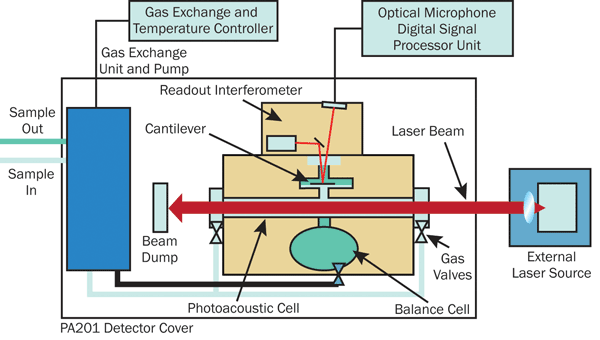
Figure 2. Schematics of a modern cantilever-enhanced photoacoustic (CE-PAS) detector.
Thanks to recent developments in technologies for mid-IR light sources, cantilever-enhanced PAS (CE-PAS) instruments can now be run with monochromatic and tunable wavelengths, broad spectral selectivity and high output powers (Figure 2). The joint use of these technologies brings a new level of sensitivity and selectivity with below-ppb (parts per billion) sensitivity.4 A number of laser technologies now available on the market offer spectrally flexible narrowband emission in the mid-IR spectral range: quantum cascade lasers, interband cascade lasers, distributed feedback diode lasers and optical parametric oscillators (OPOs). In many aspects, OPO technology is the ideal choice for driving CE-PAS instruments: The OPO is a nonlinear optical device that downconverts the wavelength from a pump laser into two longer wavelengths in an optical resonator.

Figure 3. Schematics of signal-resonant OPO based on a quasi-phase-matching (QPM) nonlinear optical crystal.
The emission wavelengths depend on the configuration of the nonlinear optical crystal (NLO), and the accessible wavelength span is ultimately limited only by the transmission window of the NLO. This very broad spectral selectivity and tuning capability are general advantages of OPOs over other mid-IR light sources. More specifically, OPOs can provide high output powers and freely selectable wavelengths in the 2.8- to 3.6-µm range. This is an especially important range for sensitive hydrocarbon detection, because it encompasses some of the strongest fundamental molecular transitions of several pollutive or poisonous industrial chemicals such as BTX, C2H2, CH4, HCN, HCl and HF. This wavelength region is not readily reachable with quantum cascade lasers, and the available power levels of distributed feedback diode lasers and interband cascade lasers in this region are orders of magnitude lower than those of OPOs – not sufficient for extreme sensitivity. Moreover, the broad tuning capability of OPOs compared with other mid-IR technologies allows for better multigas detection of several components with common signal processing and chemometrics.
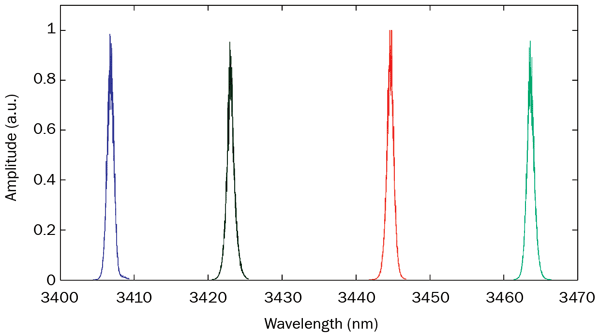
Figure 4. Continuous spectral tuning of the Cobolt Odin OPO over 60 nm.
The main drawback to OPO technology has traditionally been the bulkiness and complexity of available sources. However, recent advances in OPO designs and laser packaging technology have enabled the development of a class of OPO devices that are significantly smaller in size. An example is the Cobolt Odin OPO, which is based on a periodically poled NLO for wavelength-flexible, efficient mid-IR emission (Figure 3). The OPO is pumped with a high-repetition-rate 1064-nm laser and is resonant for the signal wavelength, resulting in up to 100 mW of output power in the idler wavelength. The quasi-phase-matching (QPM) crystal can be engineered for emission anywhere between 2 and 5 µm, and it can be tailored for narrowband emission (around 1 nm). The emission line can also be continuously tuned over >50 nm (Figure 4).
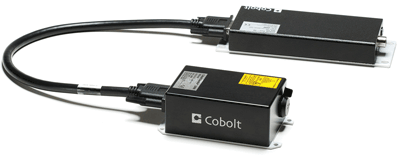
Figure 5. Cobolt Odin OPO, complete system with all-integrated laser head and driver unit.
Both the pump laser and the OPO resonator are assembled into a single hermetically sealed package using the company’s HTCure technology for compact, robust laser assembly. The all-integrated laser head package measures only 125 × 70 × 45 mm and is insensitive to varying ambient conditions (e.g., resistant to 60-g shocks and exposure to −20 to +70 °C cycling), improving the OPO technology’s size, reliability and ease of use, and enabling its integration into compact instrumentation for in-field trace-gas detection (Figure 5).
The numerous promising applications for the compact OPO/CE-PAS technology include, for instance, the environmental monitoring of methane (CH4), ethanol monitoring for automotive evaporative measurement, and the multicomponent analysis of BTX for industrial emissions monitoring and process control. In these applications, the OPO/CE-PAS technology has great potential to overcome the limitations in sensitivity and selectivity of the well-accepted conventional Fourier transform IR spectroscopy.
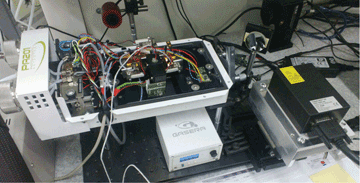
Figure 6. The OPO-based CE-PAS measurement setup. The Cobolt Odin OPO is coupled into Gasera’s PA201 photoacoustic detector.
The capability of the OPO/CE-PAS was demonstrated experimentally with two different OPOs: one with a 3237- to 3296-nm-wavelength range (95 mW) and the other with a 3405- to 3463-nm range (110 mW). These OPOs were coupled into one of Gasera’s commercially available PA201 photoacoustic detectors for laser sources (Figure 6).
In the first measurement setup,5 a collimated beam from the OPO was directed through the photoacoustic cell (path length of 95 mm) into an optical power meter. The pulsed emission from the OPO (repetition rate of 10 kHz, pulse width of 4 ns, pulse energy of 5 µJ and linewidth of 1.3 nm) was modulated with a mechanical tuning fork chopper operating at a frequency of 135 Hz. The gas sample contained 10 ppm of CH4 in nitrogen at 953 mbar in the photoacoustic cell. The gas sample’s spectrum was collected with steps of 0.1 nm and an integration time of 1 s per step. The resulting spectrum was compared with a simulated HITRAN spectrum (Figure 7), and a detection limit was measured to be 3.3 ppb (2× rms, 1-s channel integration time).
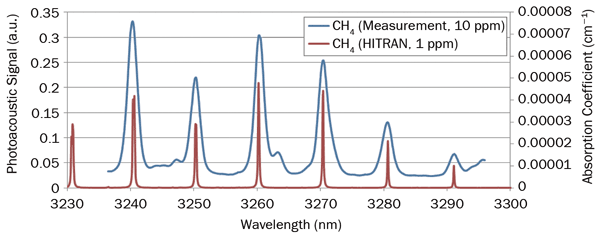
Figure 7. 10 ppm of CH4 measured with OPO/CE-PAS, with 3.3-ppb detection limit at 1-s integration time.
In the second demonstration,6 the same OPO was used to measure benzene, toluene and three xylene isomers (namely, o-, p- and m-Xylenes). The samples were produced by evaporating anhydrous liquid samples, with known rate, into 1200 mL/min flow of nitrogen (purity 6.0) and capturing a sample into the photoacoustic cell from the sample gas flow. The measured spectra (Figure 8) were analyzed with the science-based method, six resulting in multicompound detection limits (3× rms) for benzene 4.3 ppb, toluene 7.4 ppb, p-Xylene 11.0 ppb, o-Xylene 6.2 ppb and m-Xylene 12.5 ppb.
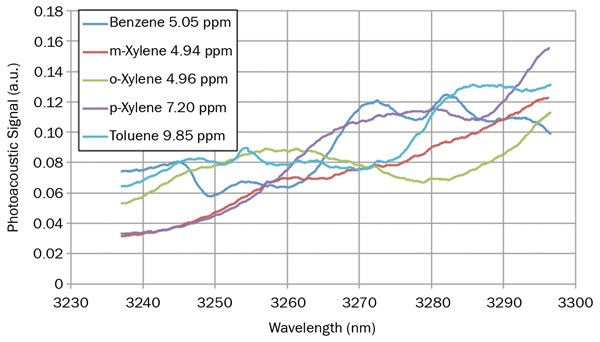
Figure 8. Measured spectra of benzene, toluene, o-, p- and m-Xylene.
In the third demonstration, a second OPO with a tuning range from 3405 to 3463 nm was set up to measure ethanol, methanol and methane with the PA201 photoacoustic detector (Figure 9). The pulsed OPO used in this experiment (repetition rate of 10 kHz, pulse width of 4 ns, linewidth of 1.1 nm and output power of 112 mW) was electrically amplitude modulated with a 50:50 pulse ratio – i.e., consecutively turning the 10-kHz pulse train on and off at a frequency of 70 Hz. The sample gas components were nitrogen diluted from verified gas cylinders, and the measurement pressure at the photoacoustic cell was 1060 mbar. The respective univariate detection limits obtained (at 2× rms, with a 1-s channel integration time) were as follows: for EtOH, 7.7 ppb; for MeOH, 11.4 ppb; and for CH4, 35 ppb. In this configuration, the total response time of the system was about 30 s, including the automatic gas exchange and the signal processing for a reduced tuning range.
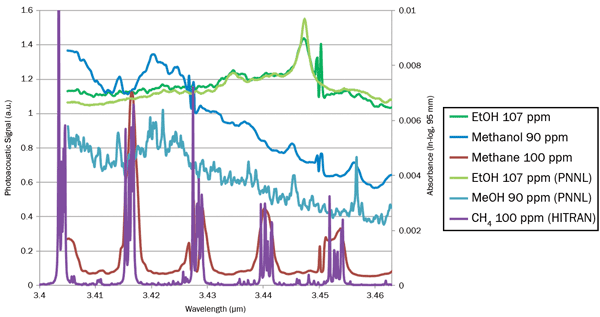
Figure 9. OPO/CE-PAS measurement of EtOH, MeOH and CH4.
These demonstrations show that the compact design and high mid-IR output power from the OPO, combined with the novel cantilever-enhanced photoacoustic measurement technology, allow OPO/CE-PAS technology to offer extreme sensitivity and selectivity for reliable industrial gas analysis and monitoring. The demonstrated multigas detection with ppb-level performance is reachable with a wide variety of gas components in various applications. And still, the full measurement system fits into a 19-in., three-unit rack mount (Figure 10), with possibilities for further downscaling of the system, ultimately into handheld size.
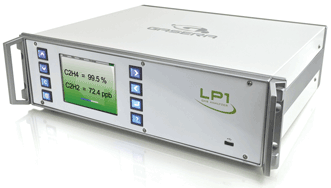
Figure 10. Prototype system design for an OPO/CE-PAS gas analyzer from Gasera.
Meet the authors
Sauli Sinisalo is client partner at Gasera Ltd. in Turku, Finland; email: [email protected]. Håkan Karlsson is the CEO of Cobolt AB in Solna, Sweden; email: [email protected].
References
1. J. Li et al (2011). Recent progress on infrared photoacoustic spectroscopy techniques. Appl Spectrosc Rev, Vol. 46, Issue 6, pp. 440-471.
2. V. Koskinen et al (2008). Progress in cantilever enhanced photoacoustic spectroscopy. Vib Spectrosc, Vol. 48, Issue 1, pp. 16-21. doi: 10.1016/j.vibspec.2008.01.013
3. R. Lindley et al (2007). A sensitivity comparison of three photoacoustic cells containing a single microphone, a differential dual microphone or a cantilever pressure sensor. Appl Phys B, Vol. 86, Issue 4, pp. 707-713.
4. J. Peltola et al (2013). High sensitivity trace gas detection by cantilever-enhanced photoacoustic spectroscopy using a mid-infrared continuous-wave optical parametric oscillator. Opt Express, Vol. 21, Issue 8, p. 10240. doi: 10.1364/OE.21.010240
5. Application note: http://www.gasera.fi/uploads/application-notes/AppNote_CH4_OPO-PA201_29012013.pdf.
6. C.B. Hirschmann et al (2013). Trace gas detection of benzene, toluene, p-, m- and o-xylene with a compact measurement system using cantilever enhanced photoacoustic spectroscopy and optical parametric oscillator. Vib Spectrosc, Vol. 68, pp. 170-176. doi: 10.1016/j.vibspec.2013.07.004